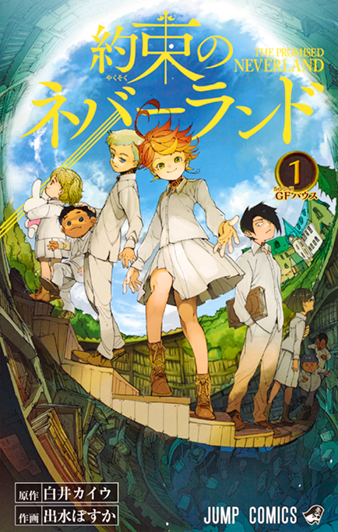
“The Promised Neverland” is a dark-fantasy manga created by Kaiu Shirai and Posuka Demizu that is serialized in Shonen Jump, and has sold a total of 12 million copies (including international versions). The work has also been adapted into a TV animation, with the first season being broadcasted from January to March of 2019, and a second season scheduled air in 2020. It has also gathered popularity abroad in many countries, receiving the Best New Series and Best Scenario awards at the “JAPAN EXPO AWARDS”.





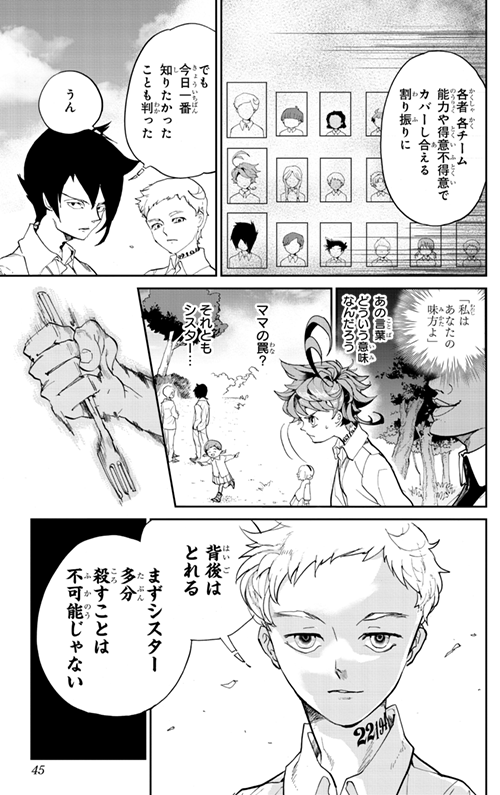
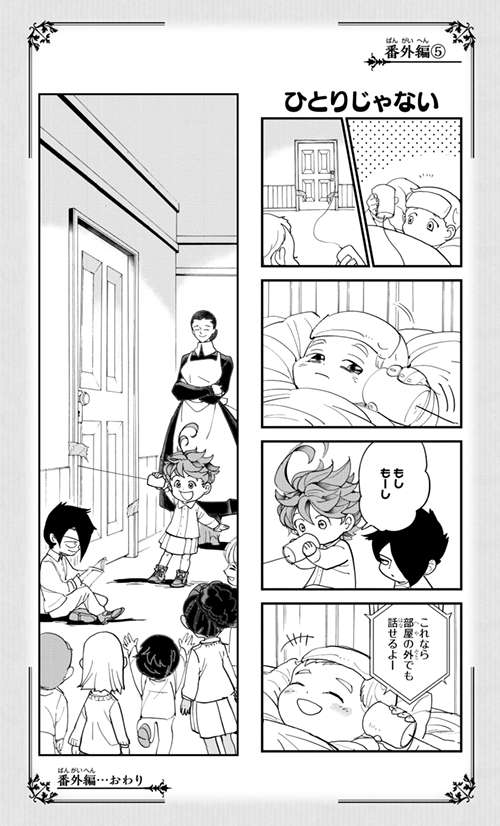
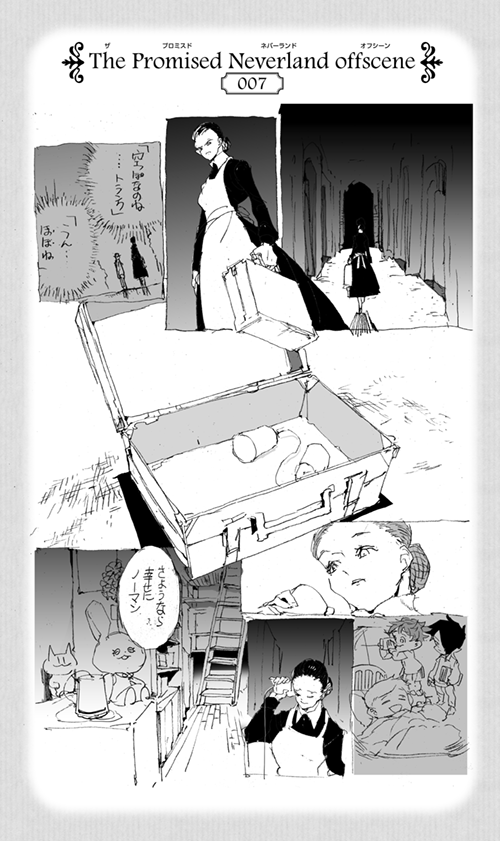
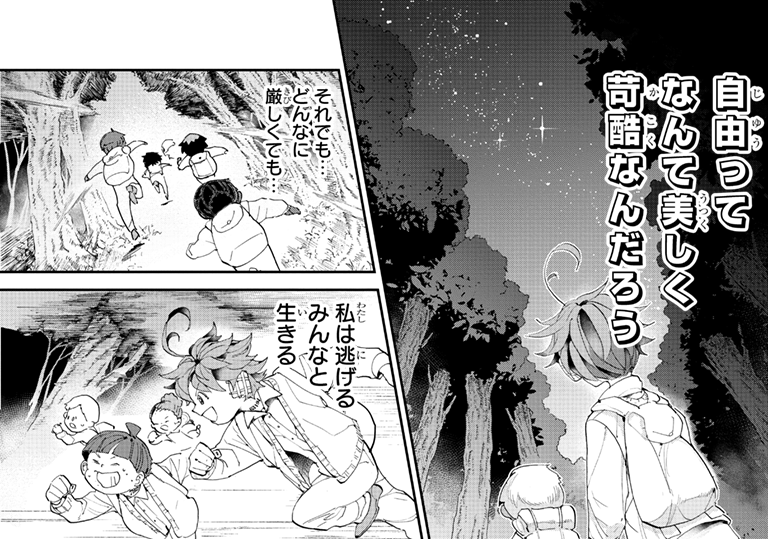
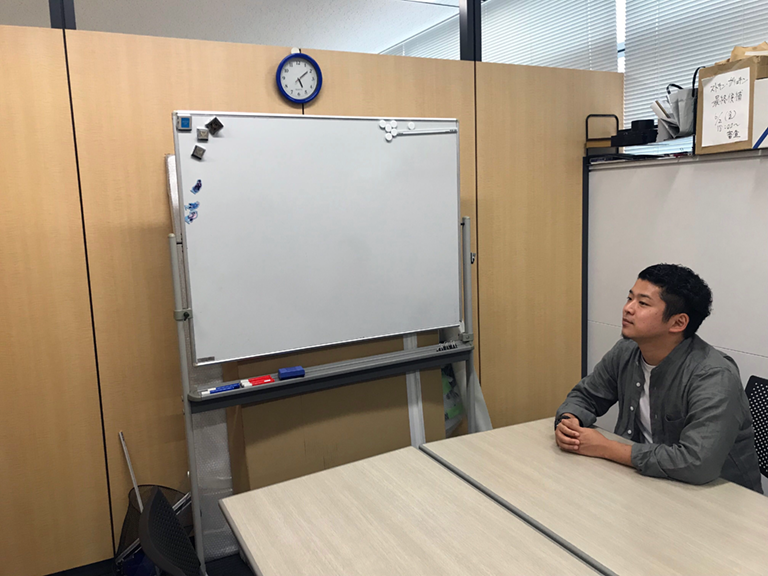
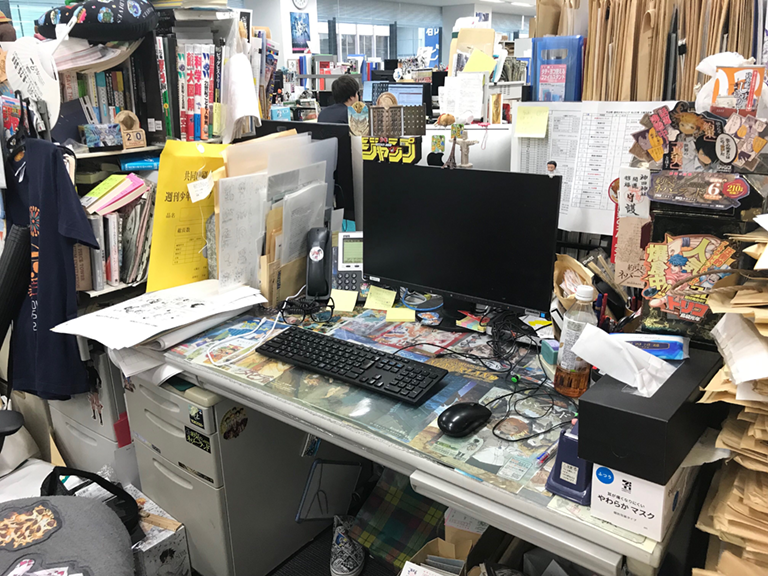

―― Please tell us how “Neverland” began.
Sugita: It all began around the end of 2013, when Mr. Shirai brought a draft to the editorial department and expressed his desire to become a manga story writer.